Optimal use and understanding of the Backlinks tool starts with a correct configuration.
As we can see in the image below, you only need basic information to get an analysis report.
To start with, the tool needs to know the domain URL that you want to analyze.
For example: site-analyzer.com is a domain.
You also need to define what part of the domain you want the tool to analyze. With the drop-down menu choose “Domain“ if you want to get all domain and sub-domain backlinks or choose “Sub-domain“ if you only want to get specific sub-domain backlinks.
Remember: help.site-analyzer.com is a sub-domain of site-analyzer.com
- Type in the domain URL to analyze
- Select Domain or Sub-domain
- Start the analysis
The next step is accessing the backlinks report which has just been created.
To do this, click on the “Open“ to look at analysis.
The different analyzes are sorted by default in order of recency and are displayed by 4 elements: date of analysis, domain URL, type of analysis (Domain / Sub-domain) and the number of visible backlinks in the report, as shown in the image below.
The last step, reading the report. This is a crucial step in understanding and using the tool well.
After opening the report you will see a screen with several navigation elements as well as a summary of the important data from the analysis.
Navigation:
The report is organized under several categories as shown in the tabs in the image above. It is also possible to export this report in PDF or csv.
Let’s now take a closer look at the data:
As shown in this overview, the front page of the report is a summary of the analysis. Here are the various elements shown in the summary and how to read them:
- Domain Influence: This indicator reflects the visibility of a domain on the internet with a score of 0-100. 0 being the score given to a site that’s not very well known and 100 for a very well-known site.
- Spam Rating: This indicator reflects the quality of backlinks received by the domain with a score of 0-10. 0 being a very high standard of backlink quality and 10 being of very low standard.
- Referring URLs: This is the total number of URLs on the internet that point a link towards the domain you typed in to analyze at the campaign creation.
- Referring IPs: This is the number of different IP addresses creating at least one backlink.
- High Spam Rating Links: This counts the number of links with a spam rating of more than 7.
Next is the section about the types of links where you’ll find all backlinks regrouped in 2 ways:
- Depending on the link anchor, i.e. the format or way a site has created a backlink:
- Textual links
- Images
- Redirections
- Frames
- Depending on the attribute associated with this link:
- Follow; the link attribute was defined so that the site passed on a fraction of its reputation towards the domain that referenced it via this link.
- Nofollow; the link was defined to not pass on the reputation to the targeted domain by this link.
There is a graphic for each of these groups to make it easier to understand the different elements presented above.
Backlinks tab
In this tab you’ll find all the explored backlinks of the analysis (no specific organization).
However there are filters so that you can display certain parts of the backlinks analysis.
Filter them depending on attribute, anchor type or link spam rating so that only the backlinks related to one of more of these categories appears.
It’s also possible to filter the columns to show the links that come from domains or pages with a poor reputation.
In this tab you’ll find the URLs of the sites that created backlinks but also the pages of the targeted domain by the backlink(s), as well as an indicator called Page Influence (PA). This works on the same principal as Domain Influence but reflects the popularity of a page rather than a domain.
Referring domains tab
This section gives you access to backlinks found during the analysis and regroups them by domain. You’ll find a list of domains creating the backlinks, a counter of the number of links created by each domain as well as two scores: Domain Influence and Spam Rating.
Referring ips tab
In this section you can access backlinks regrouped by IP address.
You’ll find a list of different IPs that have got at least one backlink towards an analyzed domain.
You’ll also find the number of links found for each IP, the average spam rating for each IP and Domain Influence index.
Anchor text tab
This tab provides details about the backlink anchors of the report. You’ll find the text used for the backlink as well as the number of times this anchor has been used.
Clicking on the button “details“ allows you to get extra information such as: Which sites created a backlink using this anchor? What is the site’s visibility / reputation? Or even what is the Spam Rating of these links?
Pages tab
In this last tab you’ll find another different display of backlinks, they’re regrouped here depending on the landing pages where the backlinks are directed from.
The page’s URLs also have a counter of the number of backlinks pointing towards each page in the list visible in this tab.
As noted before, the button “details“ provides extra information:
Spam Rating, Page Influence, Domain Influence, Backlinks, Target, Follow/Nofollow attribute.
Here is all the necessary information for optimal usage of the Backlinks tool. If you have any further questions don’t hesitate to contact our team via the chatbox or email, and we’ll be happy to help!



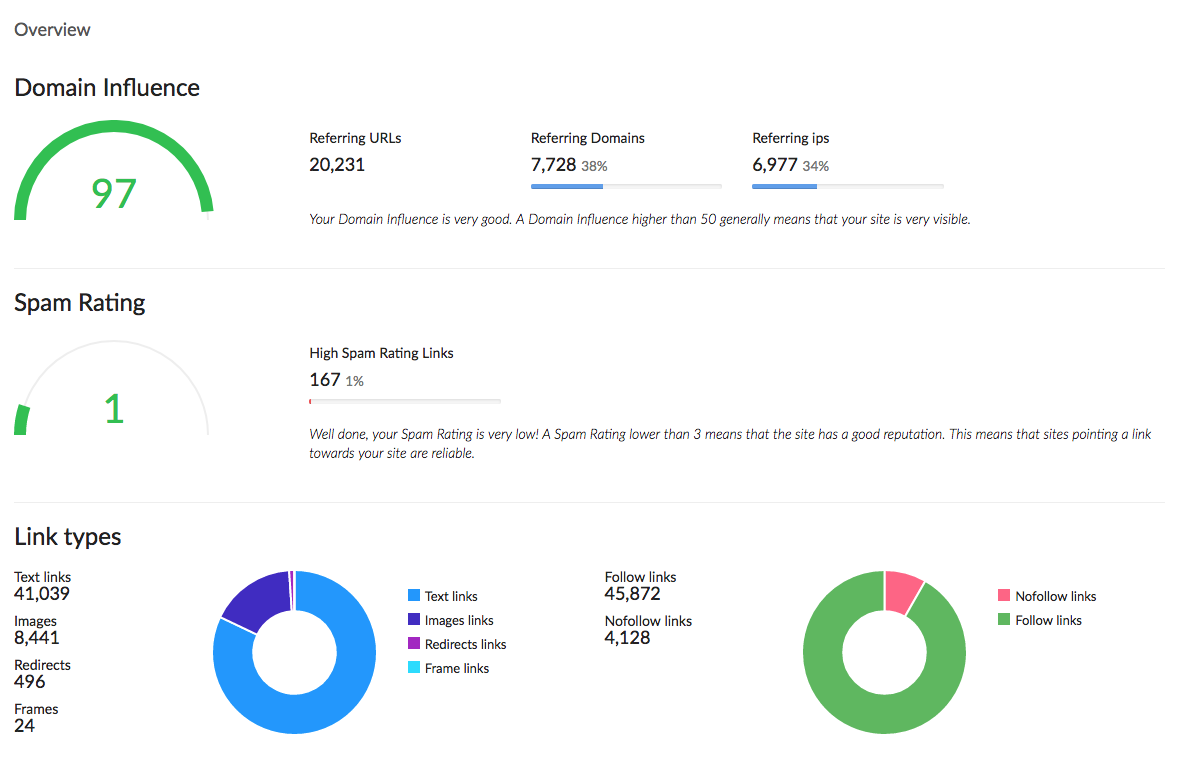
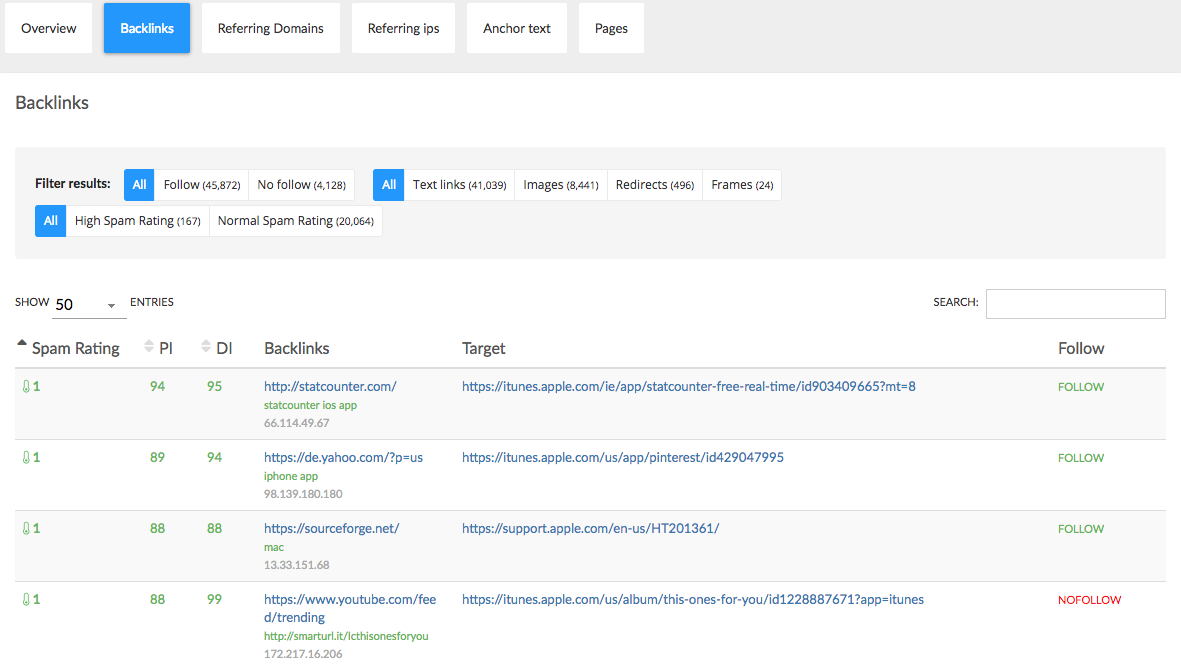
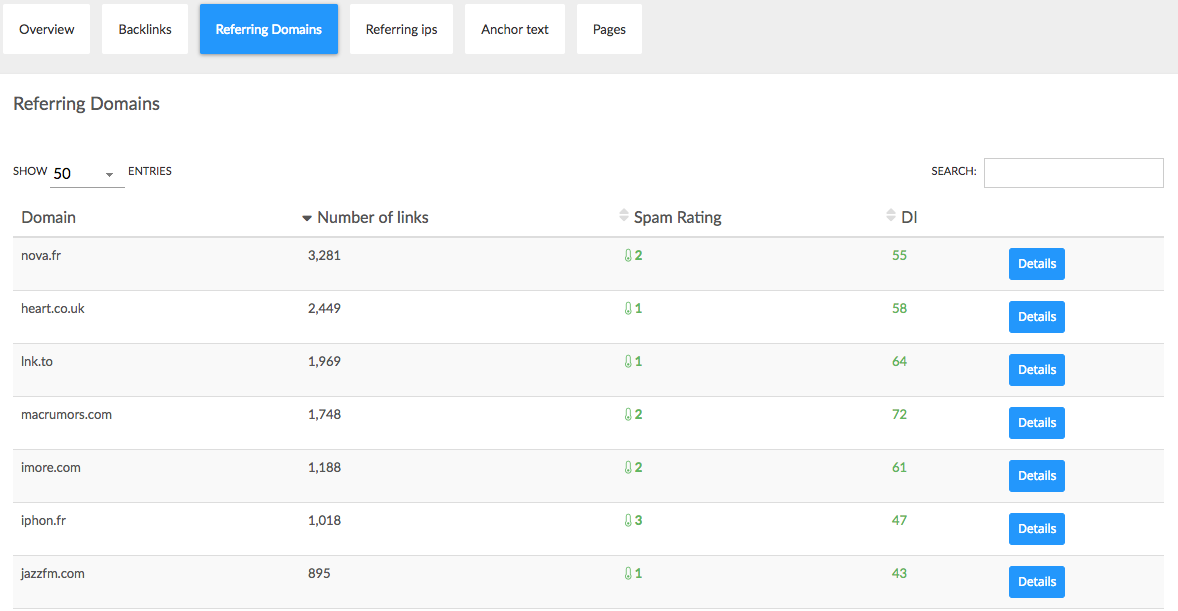
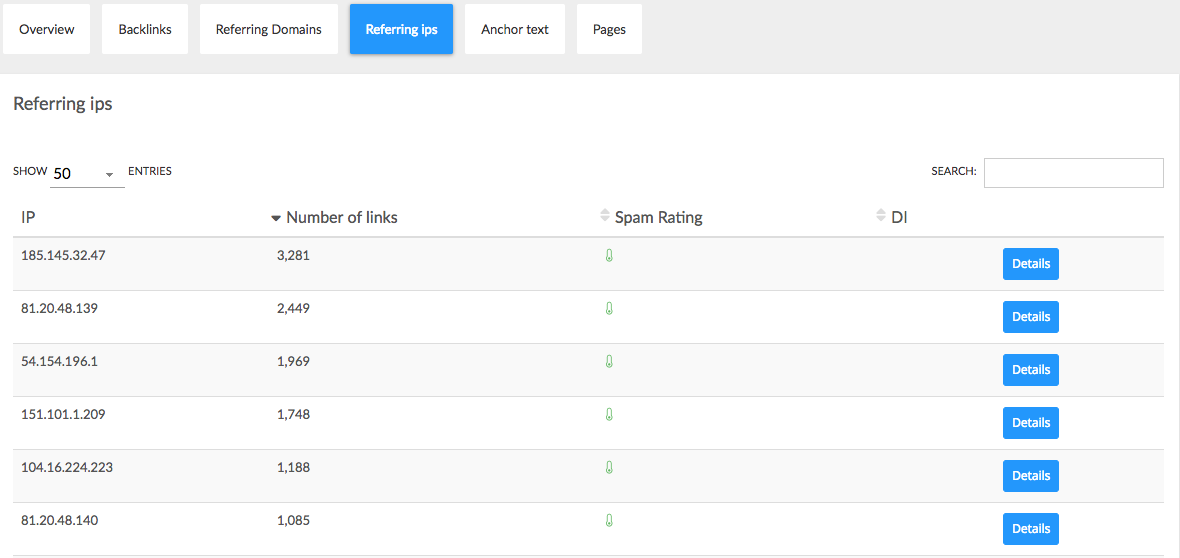
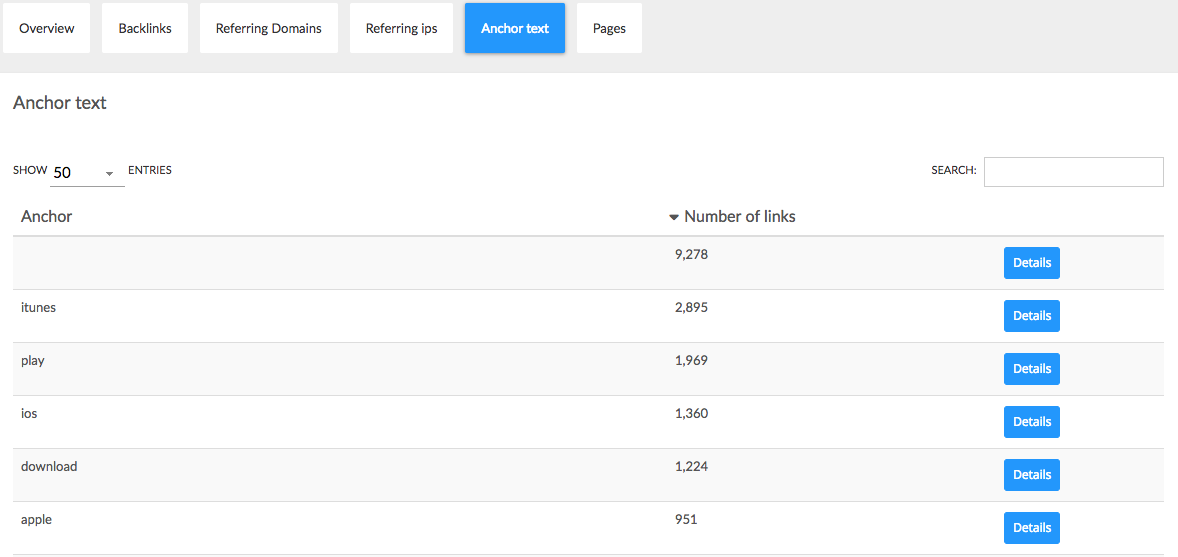
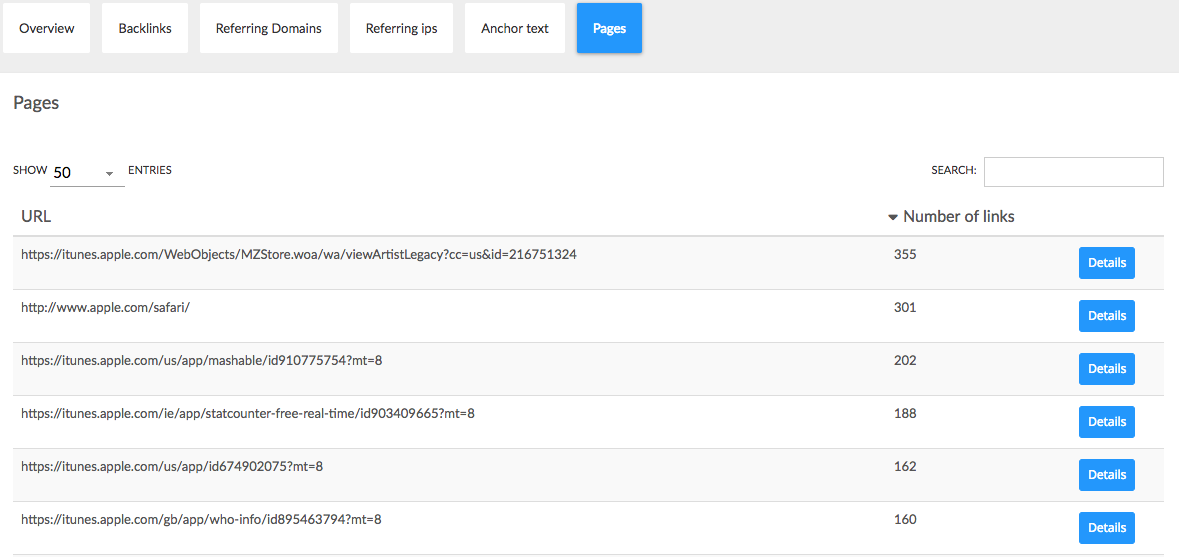
Gaelle
Comments